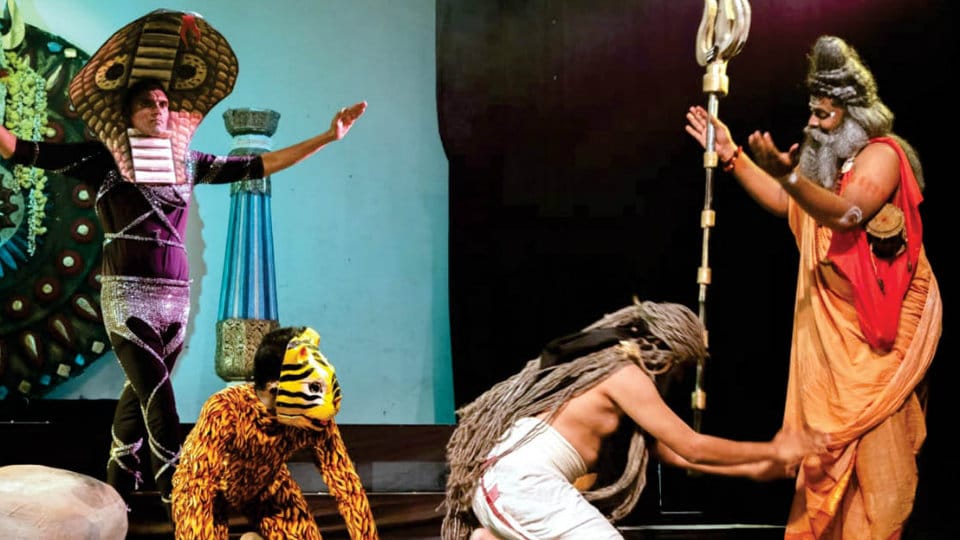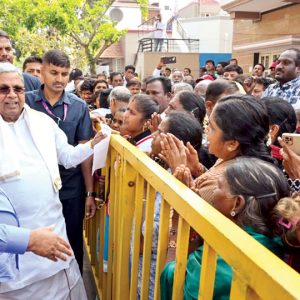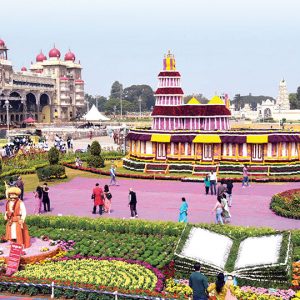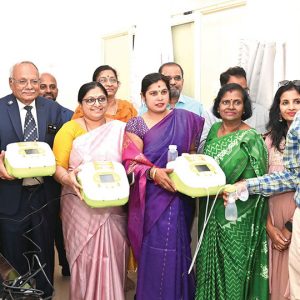By Horeyala Doreswamy
Manteswamy and ‘Male Mahadeshwara’ are the two major folk epics popular in the old Mysuru region of Karnataka. These two unique oral folk epics have been kept alive by professional singers who sing and narrate story of their deity with snake shaped tanti vadya, a string instrument, along with finger cymbals or kamsale battalu and leather drums called dammadi (small tambourine) as well as gaggara (hollow, ornamented silver ring).
Those who sing ‘Manteswamy Kavya’ or ‘Legend of Manteswamy’ are called Neelagaaras or Leelegaaras. Manteswamy is one of the most notable members of Sharana Movement started by Basavanna in mid 12th Century.
According to legend, Manteswamy came from north along with his disciples to southern part of Karnataka. The folk epic narrates the story of Manteswamy, his humanitarian works and miracles, which won the hearts of common folk irrespective of their cast or creed. The folklore enchants the listeners with its rustic flavour and austere rendering of the narrative mesmerises the listeners. This great epic was introduced to the literary word for the first time by noted folklorist Prof. Jee. Sham. Paramashivayya and many others have also published different editions of the epic.
Noted poet and playwright Prof. H.S. Shivaprakash’s Kannada play ‘Manteswamy Kathaprasanga’ is based on this narrative folk song, which has been staged to full houses on multiple occasions.
In an attempt to adapt this epic of antiquity to contemporary society, GPIER theatre troupe of Mysuru staged the play on Sept.13 to a packed Kiru Rangamandira in Kalamandira premises. The play was directed by noted theatre person and former Rangayana artiste Mime Ramesh.
The story on the stage begins with Basavanna eagerly waiting for the prospect of arrival of a devote Sharana while Manteswamy’s journey is depicted as arrival of Paranjyothi, the Divine Light, with his demeanours. As the analogy of the droplet of water on the lotus leaf illustrates distancing attitude of non-attachment, even while he indulges himself with liquor and smoking, he is revered by Basavanna and Neelambike couple.
Later after leaving Kalyana, Manteswamy embarks upon a journey with Kaduganna Rachappa and Dodda Mahatayi towards south. Kempachari of Nidaghatta becomes his disciple after his seven rebirths who gets transformed to become Ghananeela Siddhappaji who in turn breaks the ego of Panchala King of Halaguru. And finally sighting Kaliyuga’s uptrend, Adijyothi Manteswamy leaves his terrestrial abode to become one with Pataleshwara.
The drama begins with rendering of Manteswamy padas and unfolds further with music, songs and various acts including arrival of Manteswamy to Kalyana, acceptance of Rachappa as his disciple, pebble play and transformation of Kempachiri to Siddappaji.
While Manteswamy, Rachappaji and Siddappaji are legends who are believed to be living during 16th Century, the play attempts to adapt the story of their miracles and suit it to the contemporary issues.
Performances of Naveen Netaji as Manteswamy, M.P. Haridatta as Siddappaji, Prajwal and Sanyaj Mohan as Rachappaji 1 and 2, Sujata Naveen as Doddamma Thayi, N. Nagendra as Basavanna and Parinita as Neelambika stood apart with their fine acting and application. Music composed by Devananda Varaprasad, co-singer S.R. Deepak, costume by N. Divya, lighting by Raghavendra Acchappa and stage arrangement by K.V. Sharath deserves admiration. Mime Ramesh’s direction needs no special introduction.








Recent Comments